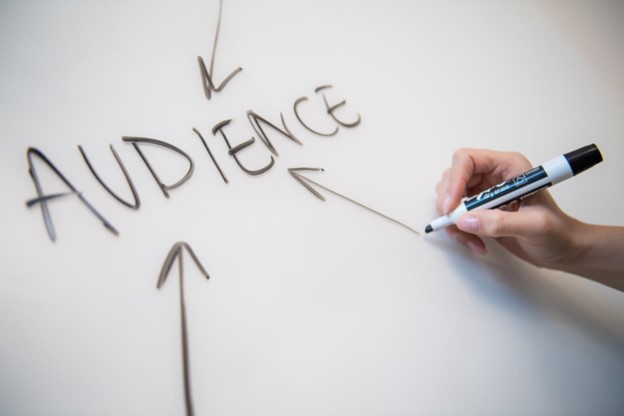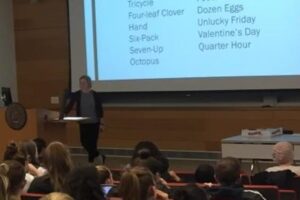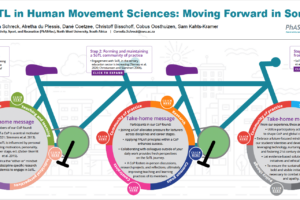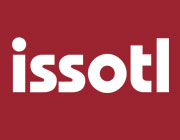
Why Higher Education Faculty Should Consider Integrating Authentic Audiences in Their Courses
By Erica R. Hamilton, Mihyun Han
As long-time educators committed to supporting undergraduate students’ learning and engagement, we look for ways to connect our students’ learning with the “real world.” Through this search, we sought to explore the use of authentic audiences in undergraduate courses. What we found is highlighted in our recent Teaching & Learning Inquiry article, “From Private to Public: Using Authentic Audiences to Support Undergraduate Students’ Learning and Engagement.”
We centered our research on what happened when instructors created opportunities and spaces for their students’ learning and work to move from private (i.e., university classroom and professor) to public (i.e., web–based, and real–world communities and experts). As our data analysis revealed, exposing students’ work to external stakeholders can create a bridge between the theoretical realm of academia and the practical applications of knowledge. Moreover, when students know that their work will be evaluated by individuals beyond their instructor, they often demonstrate higher levels of motivation and dedication. Thus, an authentic audience provides a real–world context that serves to inspire students to put forth their best (or, perhaps, better) efforts.
We also noted, though, that while integrating authentic audiences can capture students’ critical thinking, it might not inherently foster it. As a result, the role of the instructor remains pivotal when it comes to selecting and integrating authentic audiences in higher education. The selection of appropriate audiences is critical. Authentic audiences should be engaged, willing to partner with students, and capable of providing valuable insights. This alignment ensures that students receive meaningful feedback and guidance that enhances understanding and extends learning. Integrating authentic audiences into undergraduate education represents a powerful tool to enhance engagement and foster learning experiences. By embracing authentic audience integration and aligning pedagogical practices, educators can empower students to thrive in a world that demands both knowledge and practical skills.
Read the TLI article here.
Photo by Melanie Deziel on Unsplash




